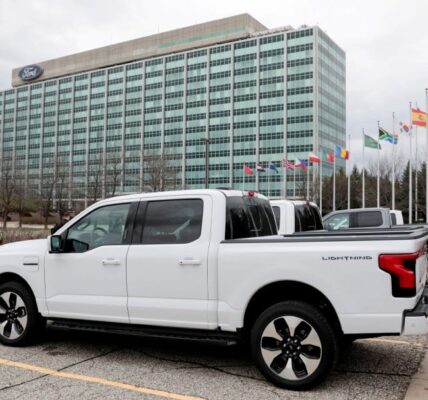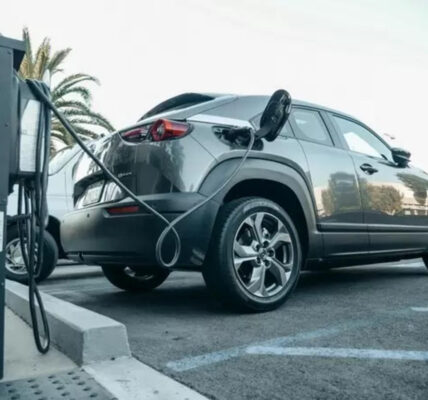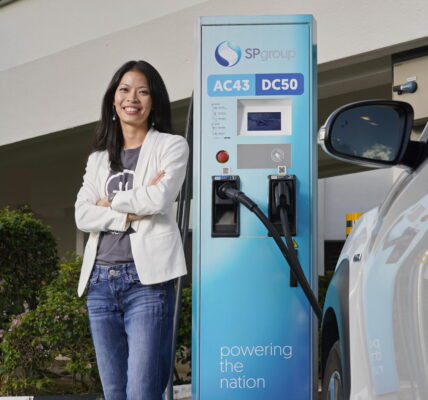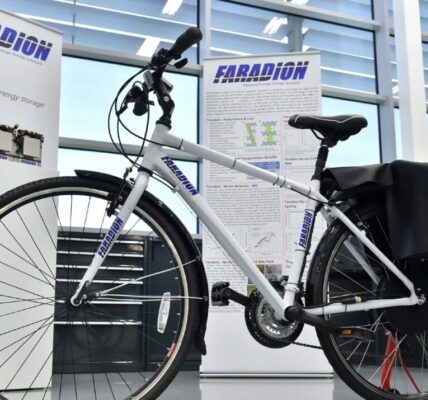SK Innovation, a major electric vehicle battery maker in South Korea, will work with Kia Motors to establish an industrial ecosystem for recycling spent batteries from EV6, a new electric vehicle to be released by the car company in the second half of this year. The partnership followed a joint demonstration project that began in March 2020.
Kia’s batteries with excellent residual performance will be divided into modules or packs to be reused as an energy storage system (ESS) which is basically an integrated system of battery packs. ESS is connected to a local power grid to provide power to nearby towns or sell electricity back to state power companies.
Batteries with low residual performance will be decomposed in cells to recover valuable metals using SKI’s lithium recovery technology. “Based on this collaboration, we will contribute to the global expansion of a system to utilize spent batteries,” SKI’s strategy division head Kim Cheol-joong said in a statement on April 29.
Batteries use chemical energy stored in rechargeable battery packs. When batteries reach the end of life, valuable materials such as aluminum, cobalt, nickel, lithium and metals can be recovered and recycled. Battery makers have tried to develop technologies that can recover key materials in higher purity.
SKI has teamed up with the Hyundai auto group for an empirical cooperation process to collect spent battery packs and use them for other purposes or extract metals of economic value. In March, a national lab for the U.S. Department of Energy verified SKI’s recycling technology. The core of SKI’s technology is to recover lithium first in the form of lithium hydroxide and extract valuable metal later so that retrieved lithium can be used directly in the manufacture of high nickel materials.







